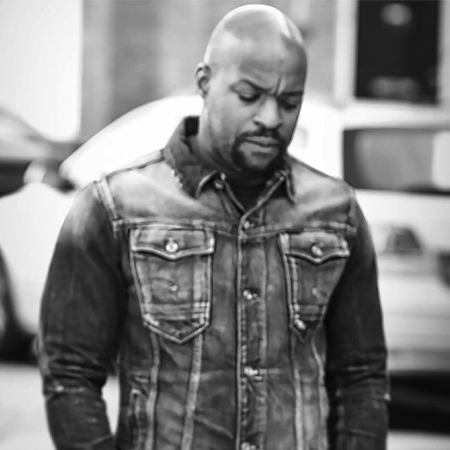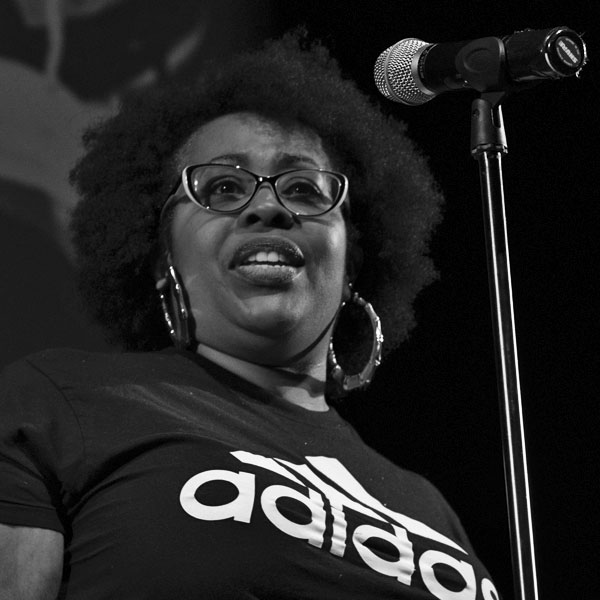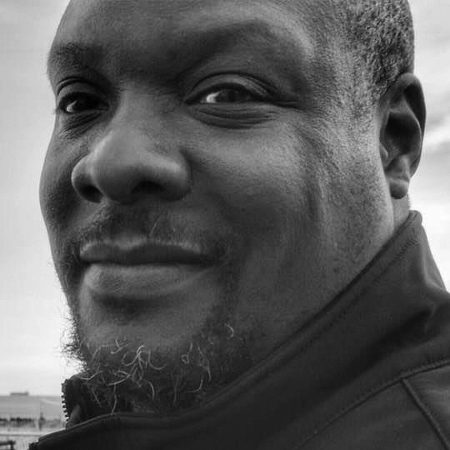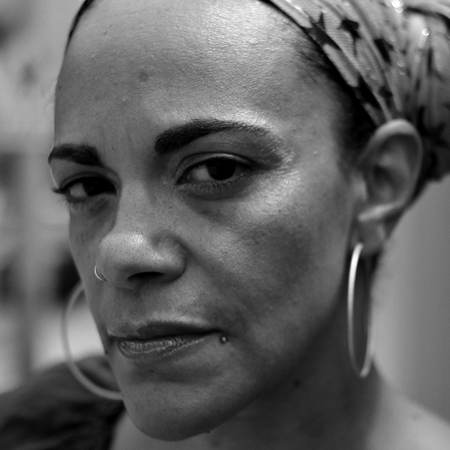THE HISTORY OF AFRICAN AMERICANS ON MARTHA’S VINEYARD
Martha’s Vineyard always was, and still is, a mostly White community— the population was 5,341 according to the 2020 United States Census, and only 12 percent of the population comprises people of color; even in Oak Bluffs, less than five percent of the population is Black. In 1857, Frederick Douglass, the Black orator and journalist who challenged Abraham Lincoln for the presidency, spoke twice on the Vineyard. Before long, several other abolitionists helped found Oak Bluffs, which soon developed a reputation as a welcoming vacation spot for Black Americans; until the 1960s, in fact, Oak Bluffs was the only town on the island that welcomed Black tourists or would allow them to stay at local inns and hotels. In 1912, Charles Shearer and Henrietta Merchant Shearer opened the first Black-owned inn, Shearer’s Cottage, becoming a refuge for politicians, business owners, and artists. The Harlem Renaissance helped the island along its journey to becoming a Black resort destination. The creatives of the time played there, created there, and sought respite. Massachusetts was the first state to abolish slavery, and African Americans had already built thriving lives and businesses in the state. Martha’s Vineyard was part of the Underground Railroad, so it was known as a safe and welcoming community for African Americans.
Oak Bluffs’ history of racial inclusion eventually led to a permanent exhibit entitled “The Power of Place,” which debuted in 2018 in The National Museum of African American History and Culture in Washington, D.C.
Now, the number of people of color traveling to the summer resort has increased, growing to over 100,000 each summer. The vacationers that travel to Martha’s Vineyard are predominantly college educated, affluent, are philanthropically inclined, with disposable income to spend on entertainment and leisure activities.
Martha’s Vineyard became a Black summertime sanctuary. The spirit of the Black family reunion rests over Oak Bluffs, with Black travelers from all over the country vacationing on the island. Creating special entertainment experiences especially for these travelers has become a priority for many organizations and companies.





